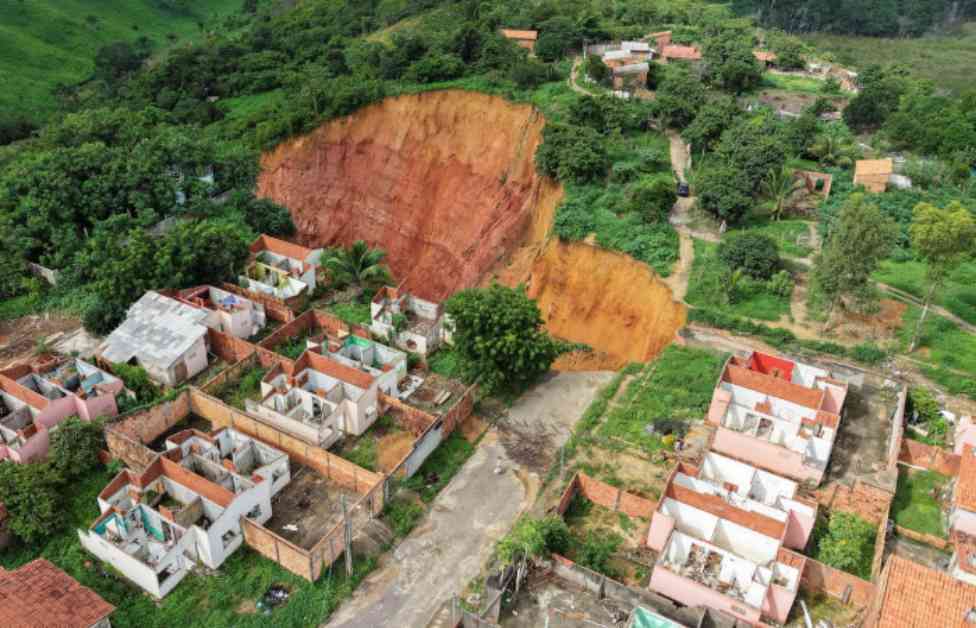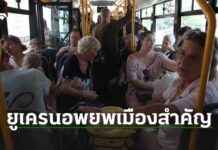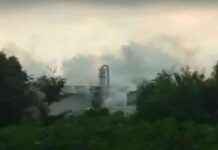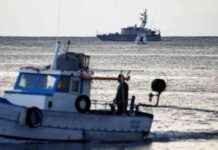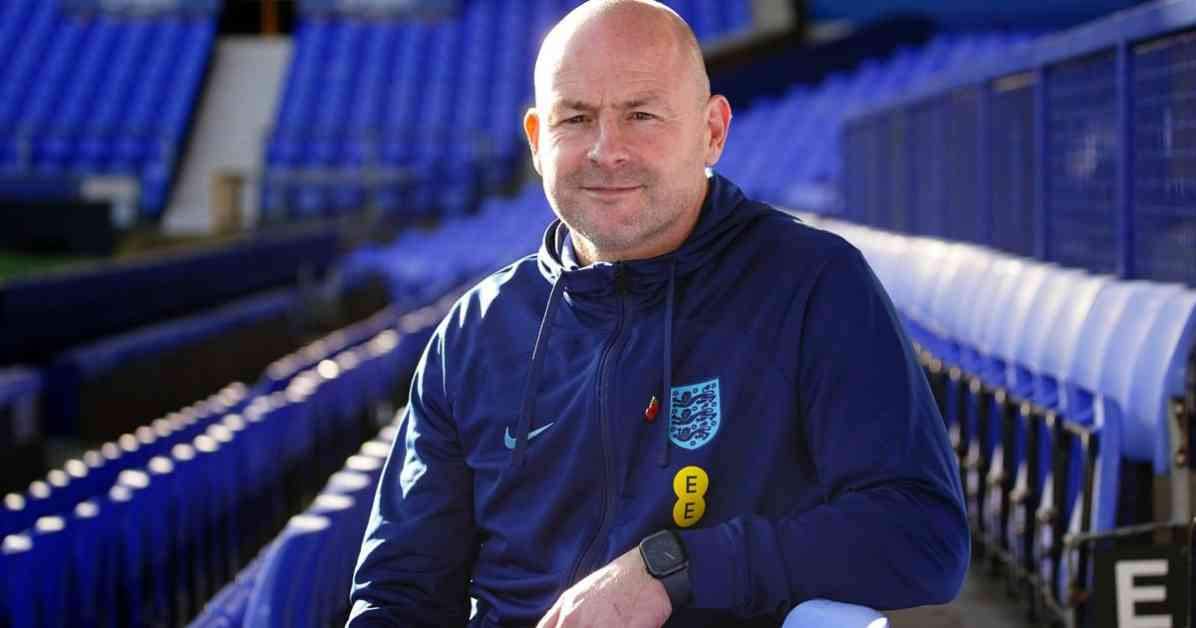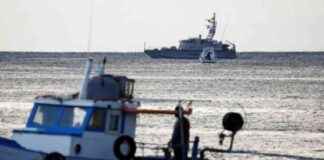The city of Buriticupu, nestled in the Brazilian Amazon, is facing a dire situation as massive sinkholes threaten the homes and lives of its residents. With as many as 1,200 people at risk of displacement, the municipal government has declared a state of emergency, highlighting the urgency of the situation.
The sinkholes, which have been steadily growing in size and number, have already caused significant damage to buildings in the city. This environmental crisis is not a sudden occurrence but rather a culmination of decades of soil erosion exacerbated by factors such as deforestation and poor urban planning.
In the local dialect, these large soil erosions are referred to as voçoroca, a term that encapsulates the destructive nature of sinkholes. As heavy rains continue to worsen the situation, experts like Marcelino Farias, a geographer and professor, emphasize the urgent need for intervention to prevent further catastrophe.
Residents like Antonia dos Anjos, who have witnessed the gradual expansion of these sinkholes over the years, express deep concern for their safety. The uncertainty of when and where the next sinkhole might appear looms large, instilling fear and anxiety in the community.
Lucas Conceicao, an engineer and public works official, acknowledges the challenges faced by the municipality in addressing this complex issue. From erosion control to the relocation of at-risk individuals, the city lacks the resources and expertise needed to effectively mitigate the sinkhole crisis.
As the city of Buriticupu grapples with this environmental threat, the need for immediate action and sustainable solutions becomes increasingly apparent. The lives and livelihoods of thousands hang in the balance, underscoring the urgency of addressing this pressing issue before it escalates further.
Expert Insights on Environmental Crisis
Experts in geology and environmental science warn that the situation in Buriticupu is a stark reminder of the far-reaching consequences of unchecked soil erosion. Dr. Sofia Mendes, a renowned geologist specializing in land degradation, explains that the sandy soils of the region are particularly vulnerable to erosion, especially in the face of heavy rainfall and deforestation.
According to Dr. Mendes, the ongoing sinkhole phenomenon in Buriticupu serves as a wake-up call for policymakers and urban planners to prioritize sustainable land management practices. By integrating ecological restoration efforts and community engagement, she believes it is possible to reverse the damage and prevent future disasters.
Community Resilience in the Face of Adversity
Despite the looming threat of sinkholes, the residents of Buriticupu are not without hope. Local community leaders have initiated grassroots efforts to raise awareness about the environmental crisis and mobilize support for affected families. Through collaborative initiatives with government agencies and non-profit organizations, they aim to provide immediate relief and long-term solutions to safeguard their homes and heritage.
As Antonia dos Anjos reflects on her decades-long connection to Buriticupu, she finds solace in the resilience and unity of her community. “We may be facing a challenging time, but I believe that together, we can overcome this crisis and emerge stronger than before,” she shares, a glimmer of hope shining in her eyes.
In conclusion, the plight of Buriticupu serves as a poignant reminder of the interconnectedness between human activities and environmental degradation. By heeding the warnings of nature and taking proactive measures to protect our ecosystems, we can ensure a sustainable future for generations to come.
